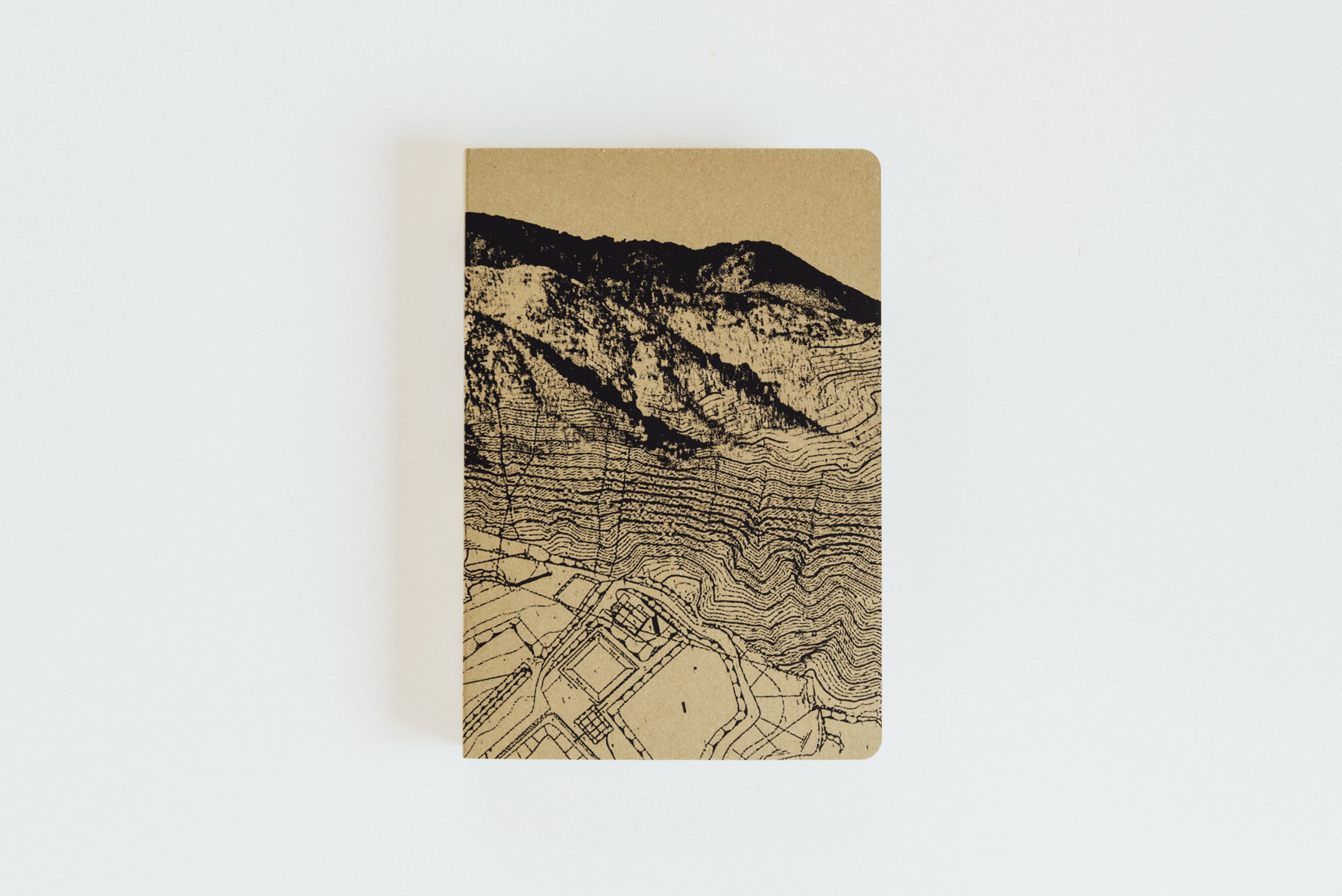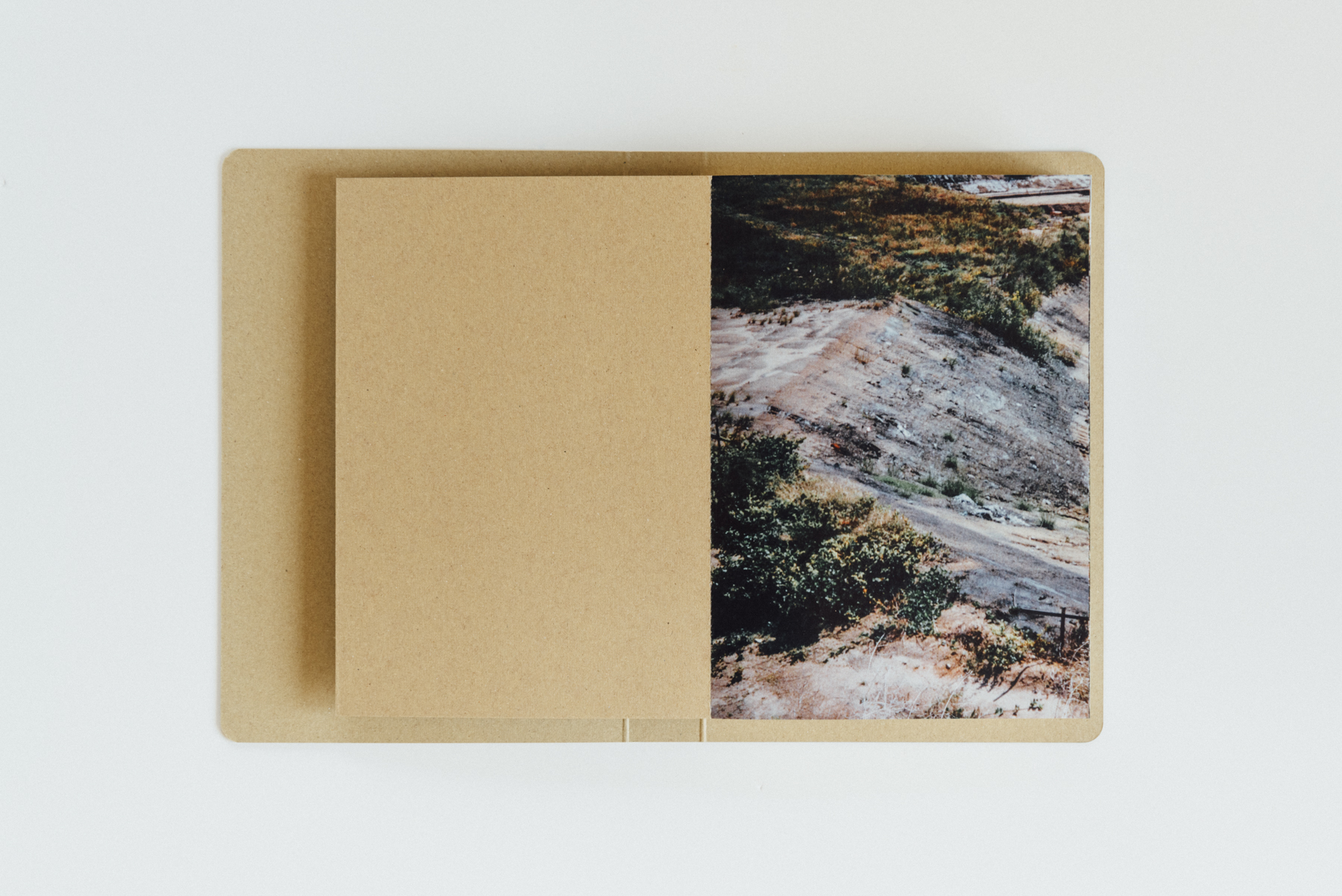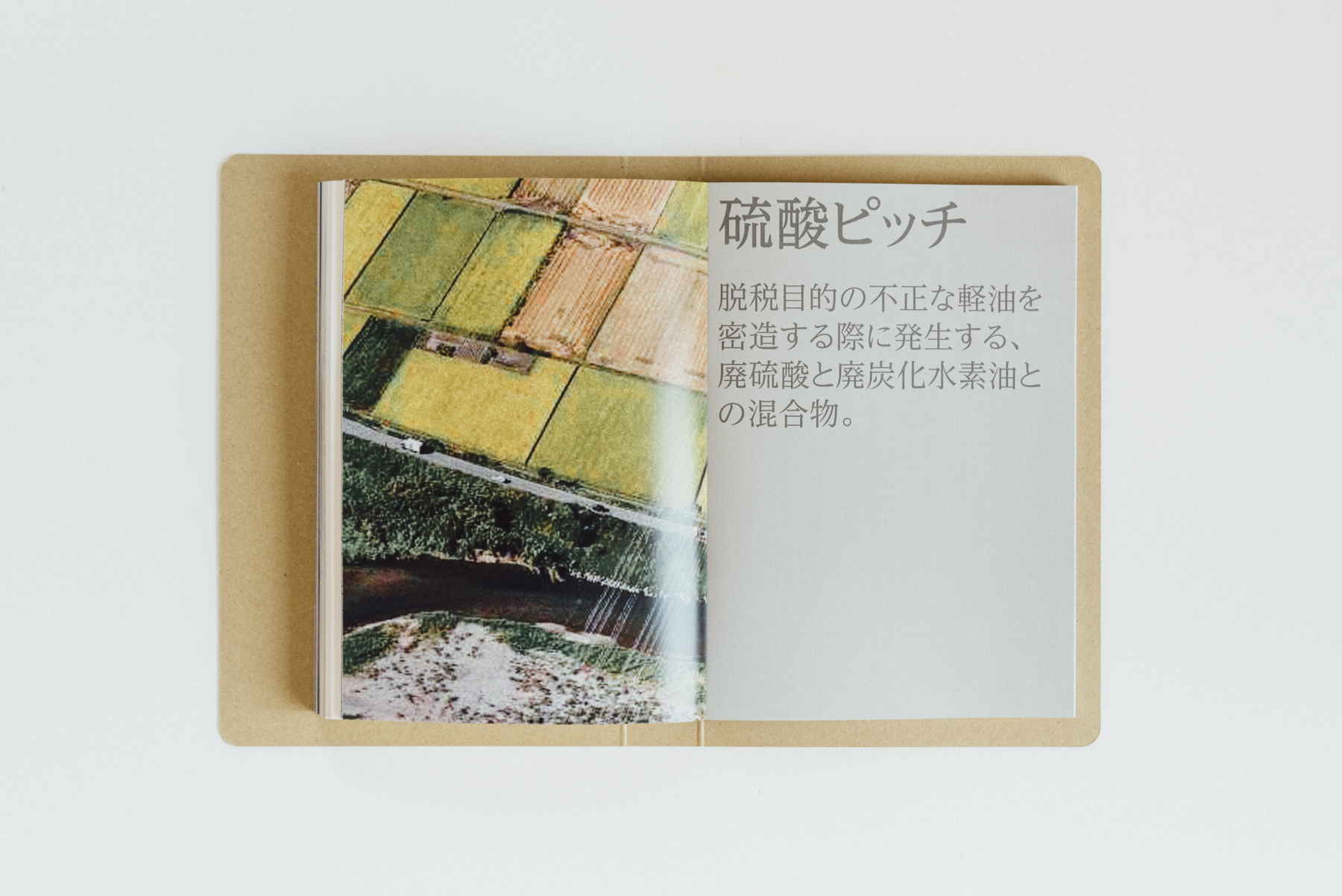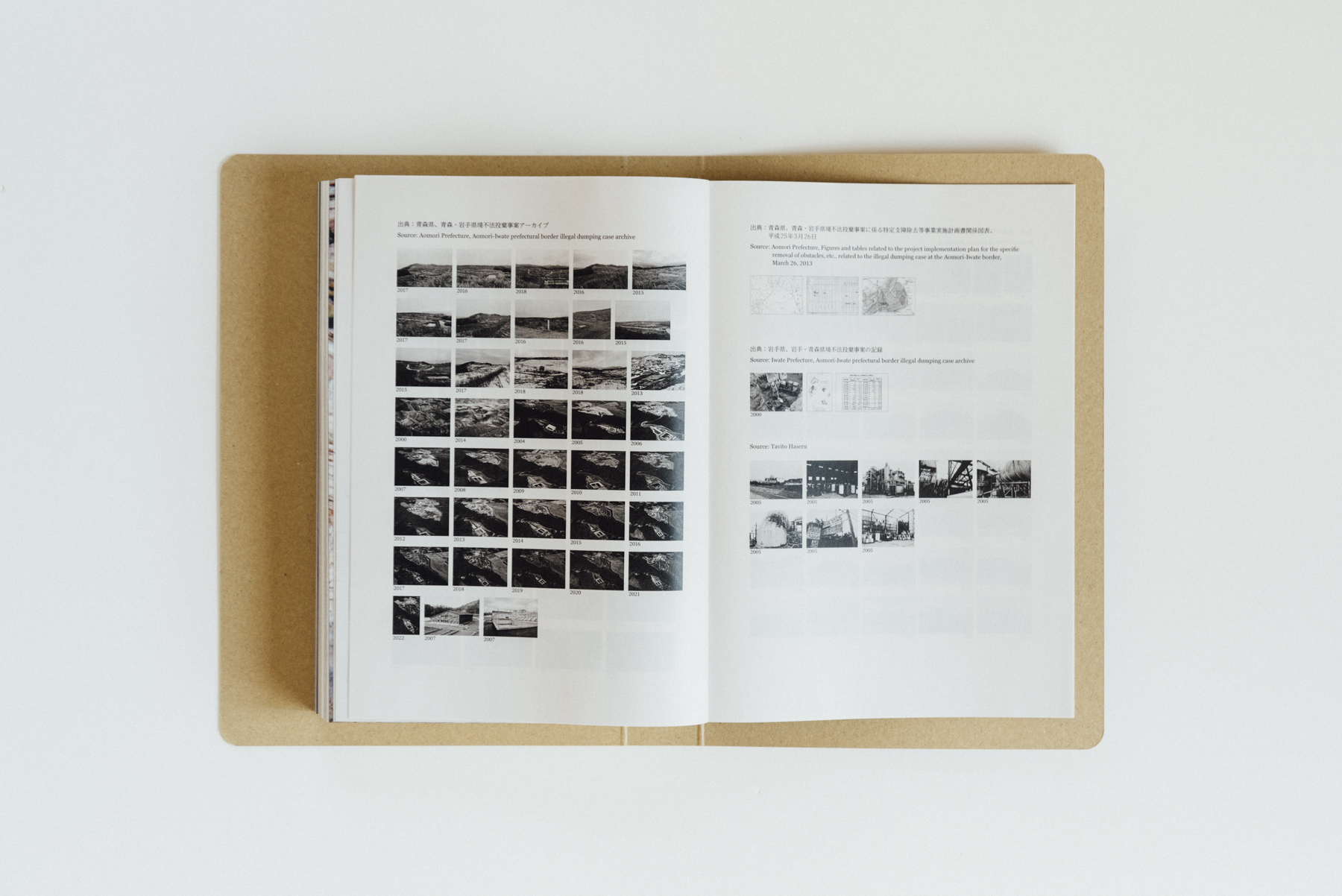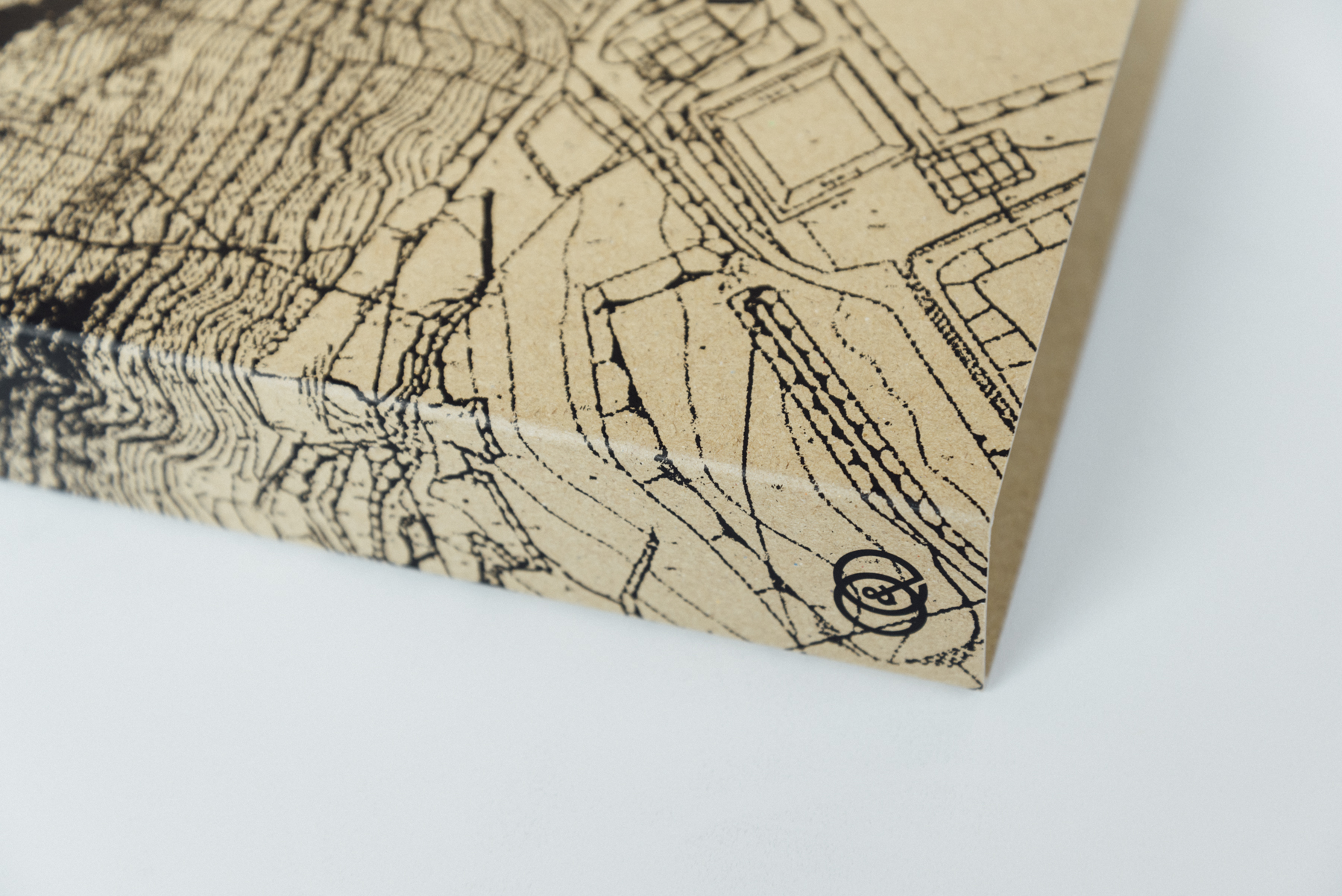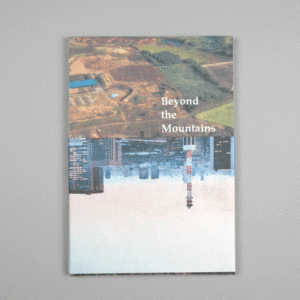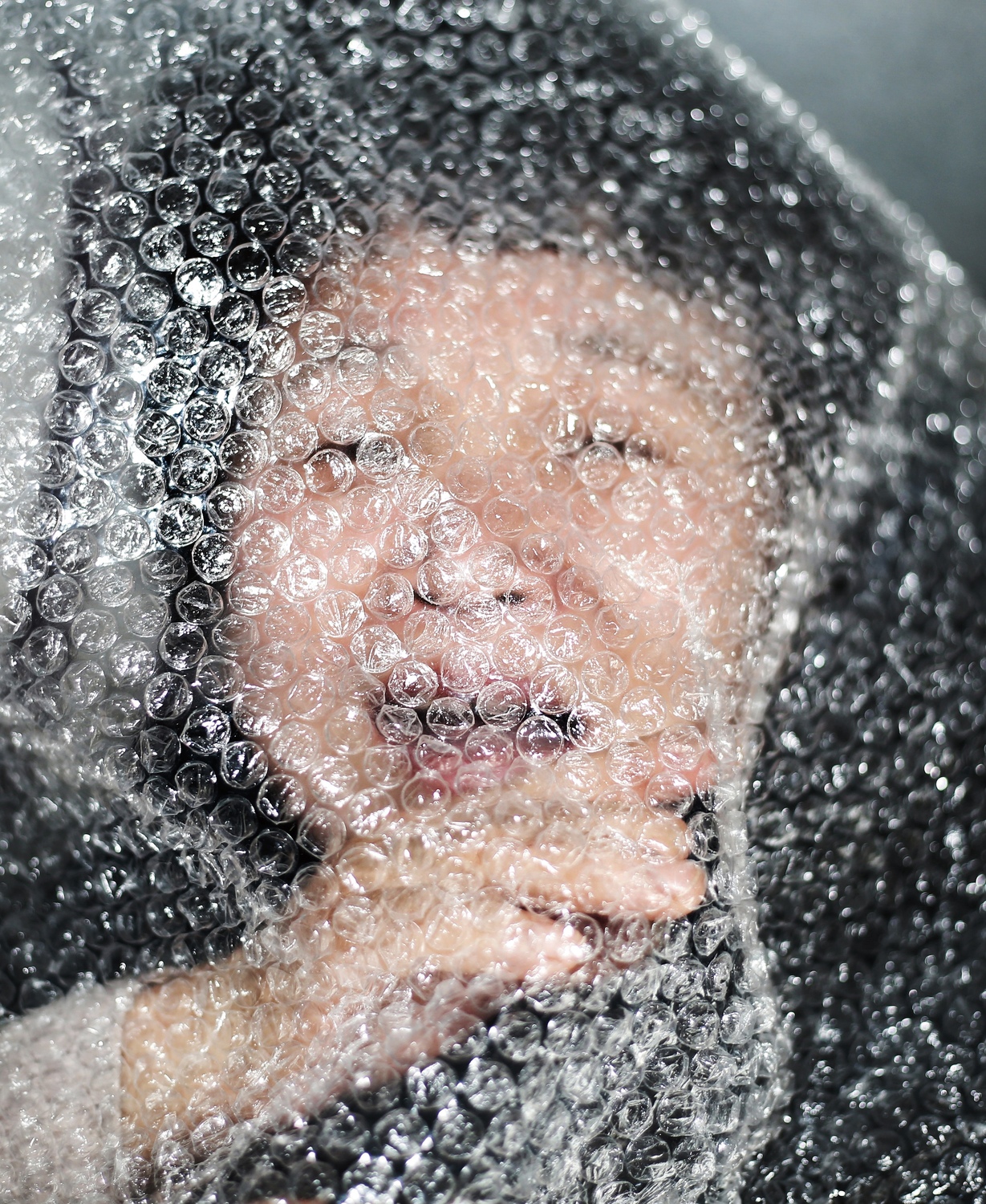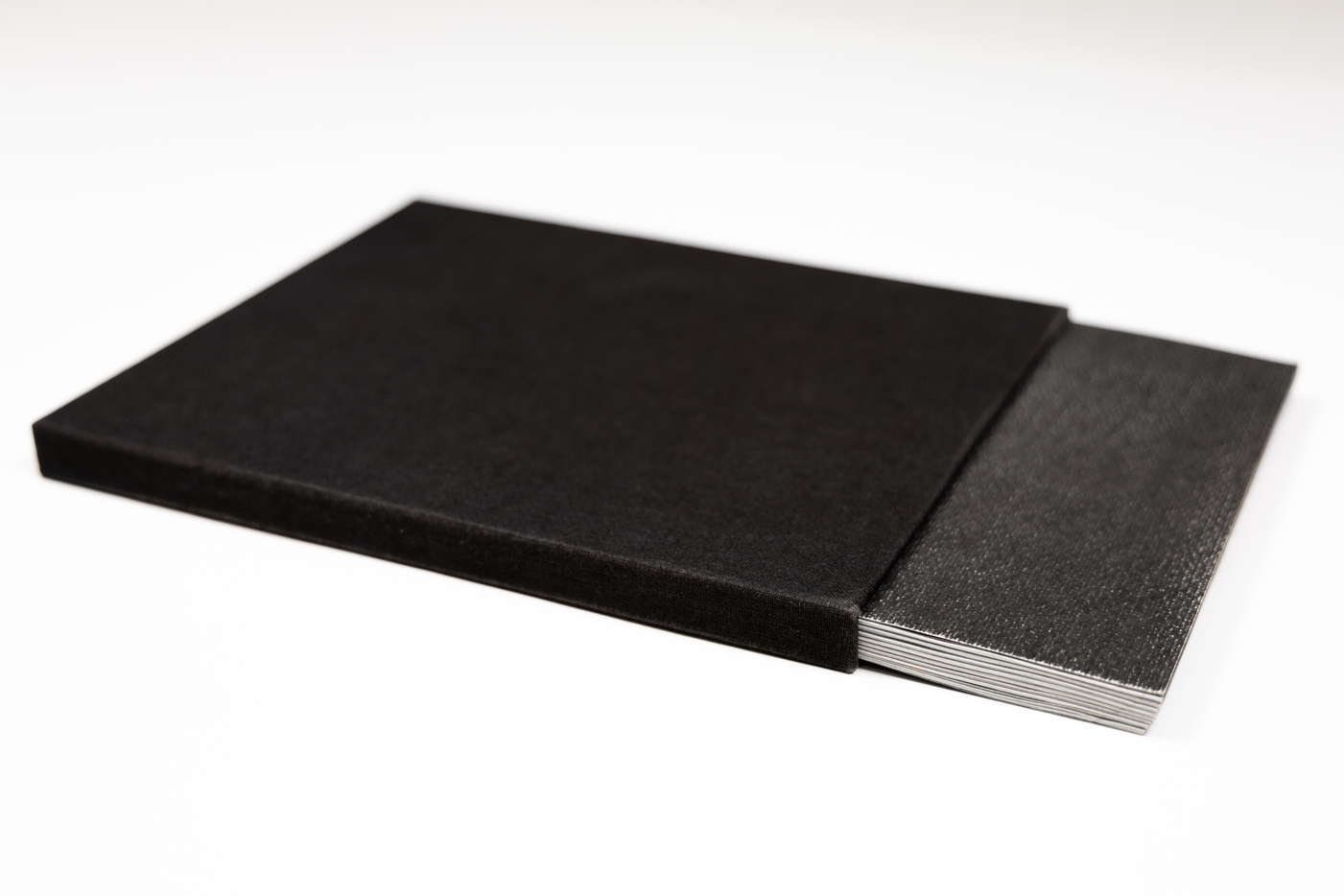Official launch of “Beyond the Mountains “by Maki Hayashida, recipient of the 2020 Singapore International Photography Festival (SIPF) Dummy Book Award
Beyond the Mountains is a visual archive of illegal dumping in Japan by Maki Hayashida, which aims to reconsider the impact of waste management on nature in all parts of the world.
By interweaving publicly archived images documented by government bodies, municipalities, and residents with her own photographs of present-day landscapes, Hayashida constructs a visual archive where past and present intersect. The environmental and social impacts of illegal dumping extend far beyond Japan. The way waste is managed varies significantly depending on a country’s political, economic, and cultural context, often reflecting societal structures in ways that go unnoticed.
This book positions Japan’s experience as a case study, encouraging readers to reconsider this issue within their own societal frameworks.
Maki Hayashida, author of Beyond the Mountains, shares more about the process behind the book:
What initially drew you to the issue of illegal dumping in Japan, and how did this project begin?
MH: Before this project, I worked on “Almost Transparent Island” (2019), which focused on illegal dumping on Teshima Island in Japan’s Setouchi region. Teshima is now internationally known for contemporary art and the Setouchi Triennale, and my first visit was purely to experience the art. However, while there, I learned about the island’s history of illegal dumping. The residents, who have long fought against the government over this issue, argue that it stems from a society driven by mass production, consumption, and disposal. Their message deeply resonated with me and motivated me to explore the issue further. My interest grew even more when I discovered that the Teshima case was the second-largest illegal dumping incident in Japan. That led me to investigate the largest case in the country, which ultimately became the foundation for this project.
Your work often challenges visual representation. How did you approach photographing illegal dumping sites to go beyond mere documentation?
MH: For most of this project, I didn’t photograph the sites in person—I photographed them on my computer. I began this project at the end of 2019, and while I was still in the research phase, the pandemic started. That led me to discover a vast number of existing photographs in public documents released by local governments, which are accessible online but rarely seen. Initially, I relied on these images out of necessity since I couldn’t travel, but at some point, I made a deliberate choice to use them. These photographs were worth seeing, yet they remained largely unnoticed. When developing the project into a book, I focused more on visually categorising the images rather than simply following the narrative of each incident. I also incorporated documents that were both visually compelling and connected to the images, further expanding the project’s scope. Of course, I obtained permission for all the photographs, including archival images from local residents, and the book also features my own photographs.
Do you believe photography to be a powerful way to raise awareness about the environment?
MH: Definitely! But I believe that simply raising awareness isn’t enough when it comes to addressing environmental issues. To go beyond that, I have been exploring ways to introduce ‘materiality’ into photography. One example in this book is my choice of paper—I used dead stock paper for most of it. Initially, I wanted to use the most eco-friendly option, but through my research, I discovered that in Japan, almost every paper available is marketed as eco-friendly in some way. Moreover, there is no clear way to determine how eco-friendly a paper truly is, making it impossible to say which is the most sustainable choice. So instead, I decided to use regular paper that would have otherwise gone to waste. The paper I selected was one of the most popular matte-coated brands in Japan, but its production was discontinued in 2020. Another consideration was minimizing CO2 emissions from transportation. I intentionally chose to have the book produced entirely in Japan, mostly in my neighborhood, where I can reach the production sites within 30 minutes by train. Just for your information, in my ongoing projects, I have been exploring materiality in image-making itself, such as creating darkroom prints using developer made from food waste or plants.
Has working on this visual archive affected your perceptions on ecological or social issues in any way?
MH: While working on this project, I completed my MA in photography in London. Living in a foreign country and being exposed to different cultures allowed me to see that, while waste management is an issue everywhere, its details vary greatly. This experience made me realise that simply raising awareness might not be enough when it comes to ecological issues, which all humans must consider from their own perspectives to some extent. Since studying for my MA, I have shifted my artistic practice from focusing on telling the story of a specific place to evoking deeper reflection and consideration from the viewer.
Get your own signed copy of Beyond the Mountains here today!
- Edition of 100 (signed)
- 190mm × 280mm × 35mm
- 522 pages
- Approx. 2kg
- 9,900 JPY (Including tax)
- Published by ONE AND ONLY EDITIONS
- Printed in Japan



